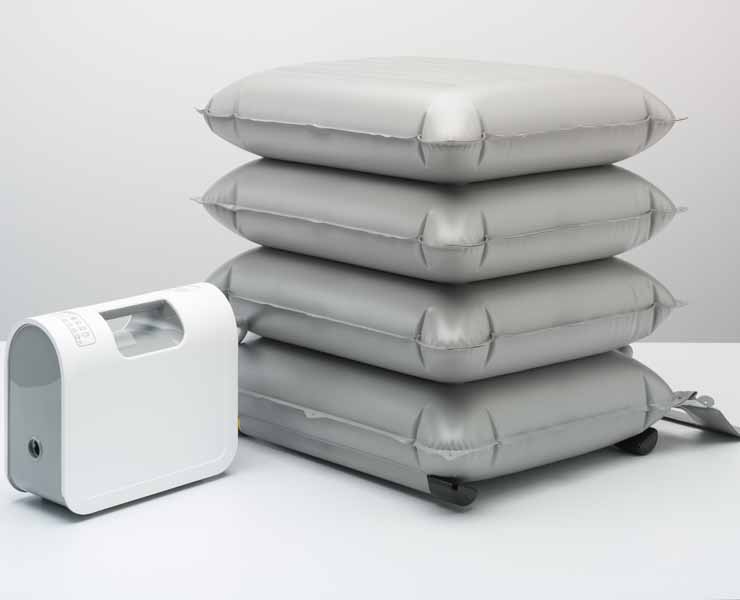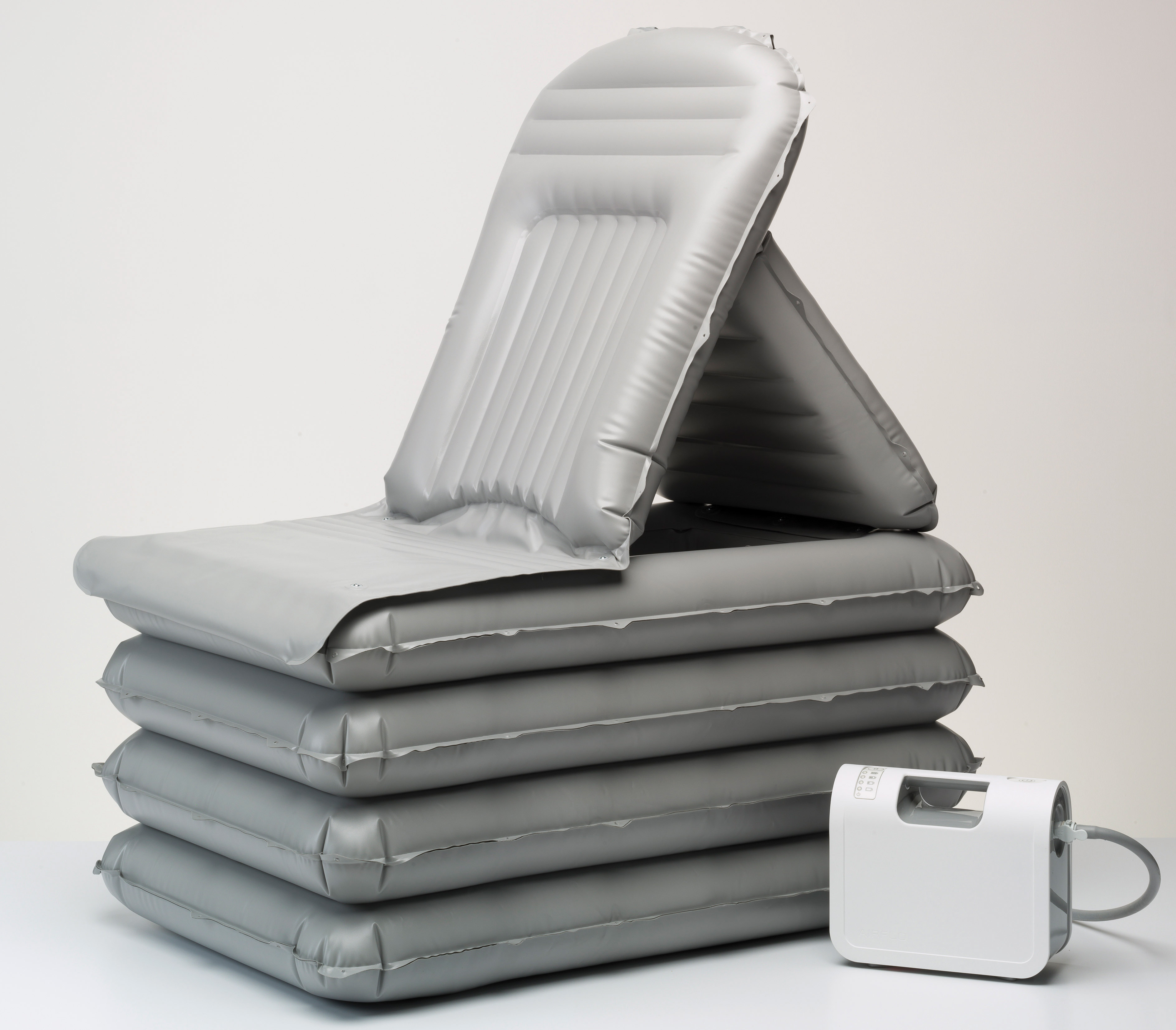Why people fall

US figures for the over 65s show an ageing population with the Department of Health and Human Services forecasting a growth of 19% by 2030 to 72.1 million.
As we age falling becomes more prevalent and around 30% of adults over 65 are likely to experience at least one fall a year… for a variety of reasons. There may be problems linked to a poor physical condition or co-ordination, which have had an impact on movement and result in slow reaction times. As vision and hearing begins to fail, balance and coordination can also be affected. The evidence also confirms that frequency of falls increases with age and with neurological conditions.
There are many medical conditions that heighten risk factors for an older person to fall. These include arthritis, diabetes, dementia, low blood pressure and cardiac problems. Medication associated with some of these conditions, or circumstances where a mix of drugs is required, will also increase the risk of dizziness, drowsiness and balance difficulties.
Falls will also happen because of hazards in the home environment. This may include poor lighting, slippery floors, steep stairs or clutter that obstructs walkways.
After a first fall, there is a 60% chance of falling again. This can cause a loss of confidence and reduced activity. This in turn means muscle strength becomes weaker so increasing the likelihood of a fall.




